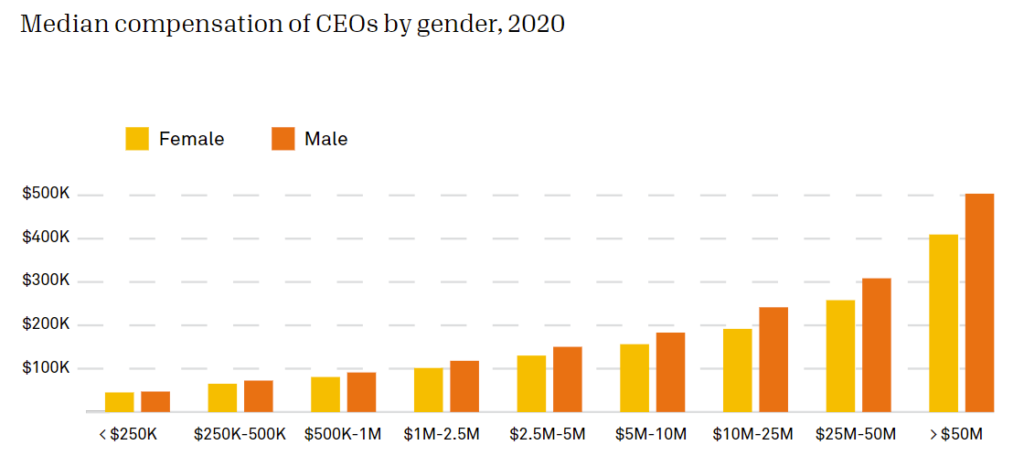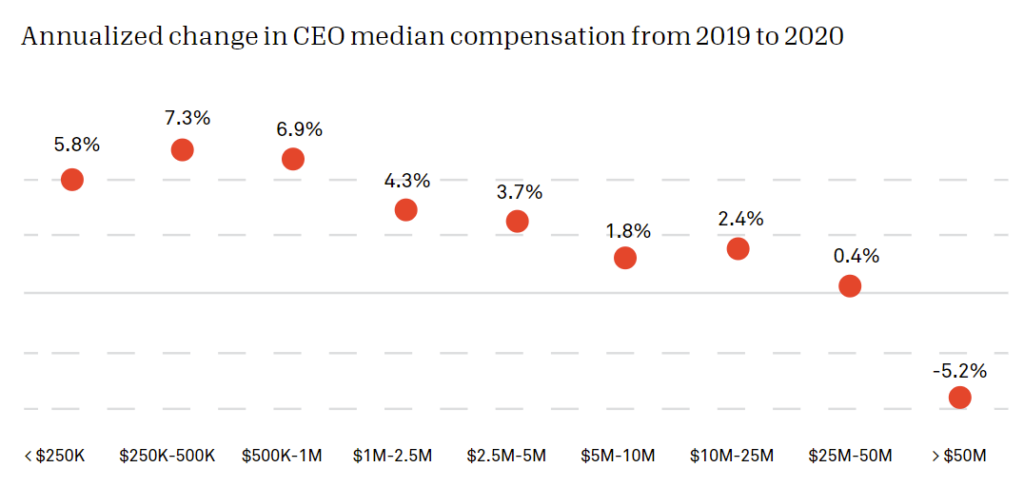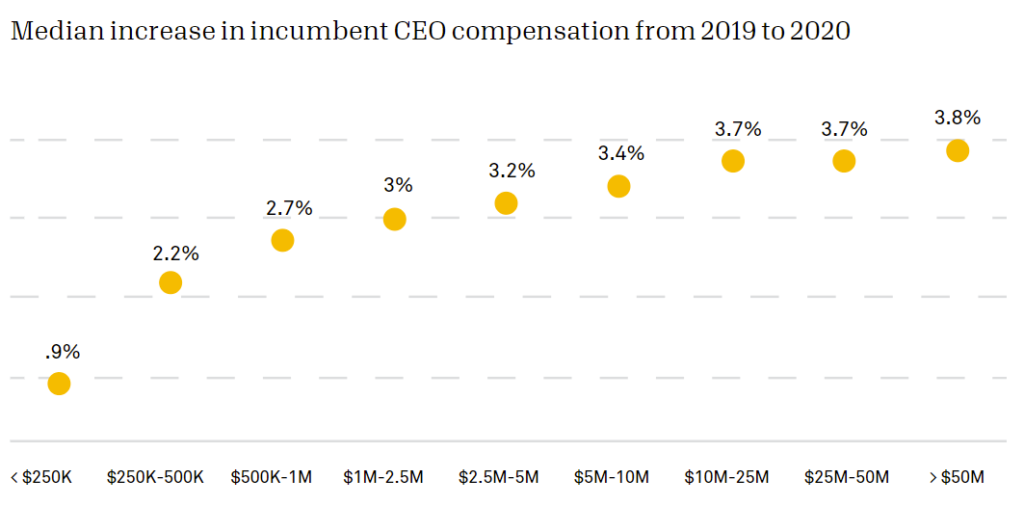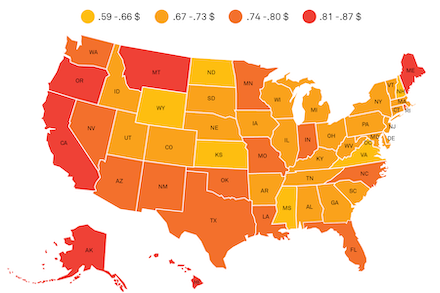Compensation in the new age: findings from Candid’s 2022 Nonprofit Compensation Report

The workplace landscape has fundamentally shifted since the beginning of the COVID-19 pandemic in 2020. As more people are working from home and expecting flexibility with their hours, the demand for better benefits and higher compensation is on the rise. The younger generation is leading these efforts by realizing that they will no longer settle for lower paying jobs and that it is the employer’s responsibility to keep workers inspired, supported, and motivated.
A key aspect of recruiting talent is being transparent and doing your due diligence to solidify compensation for specific roles. Recruitment is becoming increasingly competitive, making it crucial to be up-to-date with the latest trends, particularly being upfront about salary ranges when screening and interviewing candidates.
Candid’s 2022 Nonprofit Compensation Report can help fill in the gaps when it comes to benchmarking compensation. The report captures the most authoritative and accurate executive compensation data from close to 88,000 nonprofits based on IRS data for fiscal year 2020.
Published since 2001, this report continues to be the only large-scale analysis of its kind based entirely on IRS data, not surveys. With reliable and accurate information on compensation, organizations can support their recruiting activities while staying compliant with IRS requirements. The report not only shows differences in year-to-year compensation but also allows you to compare executive compensation by gender, organization budget size, cause area, and location (state and MSA).
Here we share just a couple key themes and findings from this year’s report.
The Pay Gap
No big shocker here: women are still paid less than men even in the nonprofit sector. Although the gender gap has slowly declined since 2005, female CEOs are still making $0.73 on average for each dollar male CEOs make. This is largely because women now represent the majority of CEOs at smaller organizations and the overall percentage of female CEOs has increased since 2005. However, there is a higher disparity in pay as the size of the organization increases, with median CEO compensation having close to a $100K difference in pay for women in budget bands higher than $50M.

To be competitive, organizations must recognize this and work towards closing the gender pay gap by compensating women appropriately at the start of their careers. Studies show this is where the inequity begins. By extending competitive offers to women during recruitment and promotions, organizations can start closing the gap as women move into higher leadership roles.
Nonprofit Compensation for CEOs
CEO compensation itself is steadily increasing, but the annualized change from 2019 to 2020 declines as the organization’s size increases. At smaller organizations (with annual budgets less than $1M), there has been a more significant increase in median CEO compensation from 2019 to 2020 compared to organizations with larger budgets. The highest increase in CEO compensation is 7.3% for nonprofits with budgets between $250K-$500K. For nonprofit organizations with budgets over $50M, median compensation for CEOs declined by 5.2%. Although this is the case for annualized CEO compensation, median change in incumbent CEO compensation steadily increases as the organization’s budget size gets bigger.

While the median increase in incumbent CEO compensation for organizations with budgets of over $50m is 3.8%, roughly 30% of incumbent CEOs at these larger organizations reported either a decrease in compensation or saw no change at all. Organizations should be benchmarking based on overall compensation in order to level the playing field.

Conclusion
It is crucial for human resources to establish appropriate compensation and implement best practices for benchmarking to recruit and retain talent. Candid’s Nonprofit Compensation Report makes benchmarking compensation easier than ever by providing details on executive compensation in each budget band. Another great way to get an accurate picture of over or under compensation is to review a specific organization’s financials via Candid’s GuideStar.
By staying abreast of the latest nonprofit compensation trends and doing proper due diligence, organizations can stay compliant and gain a competitive edge in an ever-evolving work environment.







